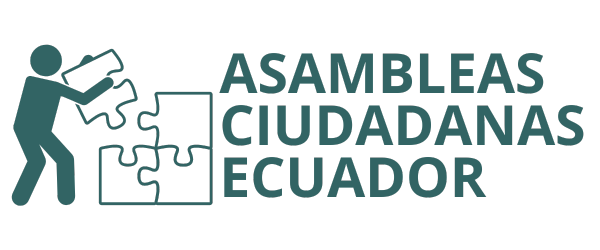Transparent communication channels
Establish transparent communication channels to disseminate information about government activities, policies, and decisions. This can include regular newsletters, public announcements, and a specific website or online platform where citizens can easily access information.
Consultations and public forums
Organize consultations and public forums to give citizens the opportunity to express their opinions, concerns and suggestions on important issues. These events can be held in person or online to accommodate a large and diverse population.
citizen advisory boards
Establish citizen advisory boards or committees that represent different sectors of society. These boards can provide valuable ideas and recommendations to the government on various issues, ensuring that citizens' perspectives are taken into account.
participatory budgets
Implement participatory budgeting, which allows citizens to participate directly in the decision-making process on the allocation of public funds. This approach allows residents to propose and prioritize projects or programs that address their needs and priorities.
Digital participation tools
Use digital platforms and tools to involve citizens who cannot attend face-to-face meetings. Online surveys, crowdsourcing platforms, and interactive feedback mechanisms can facilitate broad participation and gather diverse perspectives.
Civic education and awareness
Conduct civic education campaigns so that citizens better understand government processes, their rights, and the importance of their participation. Promote awareness through workshops, public events, and educational programs at schools and community centers.
Open data and transparency
Make government data and information available to the public in open and accessible formats. This allows citizens to analyze and scrutinize government activities, fostering transparency and accountability.
Collaboration with civil society organizations
Collaborate with civil society organizations, non-profit groups and community associations to mobilize and engage citizens. These organizations often have established networks and resources that can facilitate citizen participation.
Inclusive decision making
Ensure that decision-making processes are inclusive and representative. Seek diverse input from marginalized communities, underrepresented groups, and vulnerable populations to avoid excluding any voice.
Periodic evaluation and feedback
Continuously evaluate the effectiveness of citizen participation initiatives and gather the opinions of the participants. Adapt and improve strategies based on this feedback to improve engagement and ownership.
